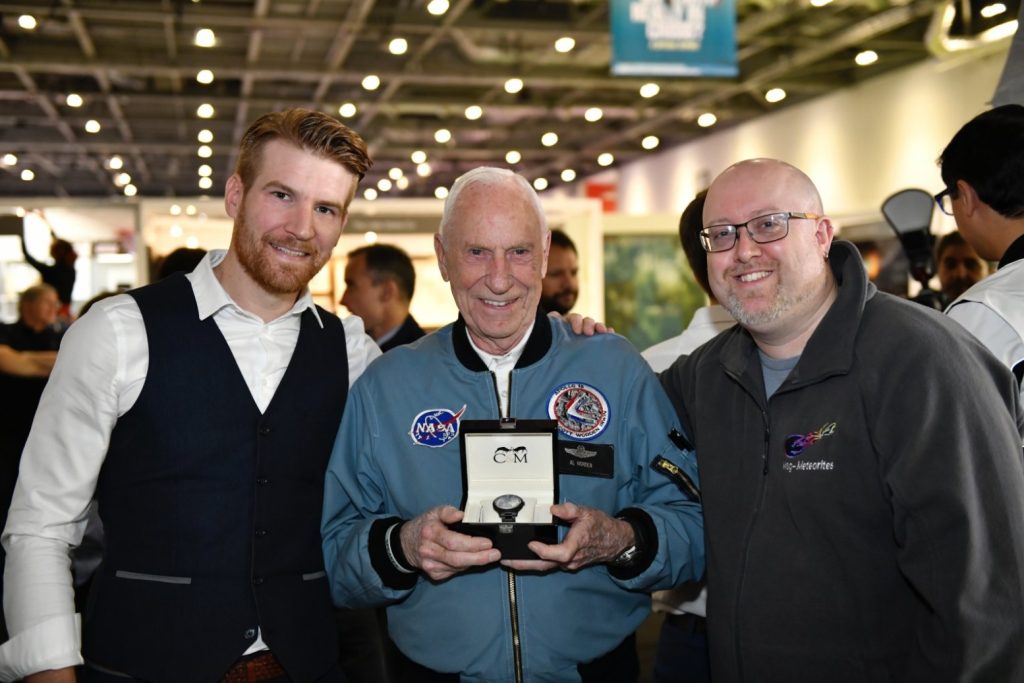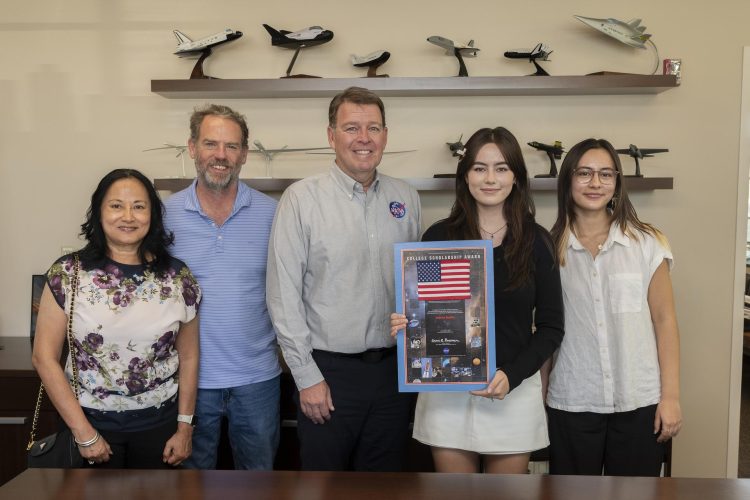Introduction
In the field of science, scholarships are not only a recognition of students’ academic achievements but also a crucial support for future development. On August 15, 2024, NASA announced that an exceptional student from Southern California has been awarded its annual scholarship. This scholarship not only provides financial assistance but also symbolizes recognition of the student’s potential in the fields of science, technology, engineering, and mathematics (STEM). This article delves into the background of this scholarship, provides detailed information about the award-winning student, explores the significance of the scholarship, and examines its impact on future education.
Background of the NASA Scholarship
NASA’s scholarship program began in the 1990s with the aim of inspiring and supporting young students who excel in science and engineering. These scholarships not only offer financial support but also include mentorship opportunities with NASA experts, helping students achieve breakthroughs in academic and career development. The selection criteria for the scholarship include academic performance, leadership abilities, research potential, and passion for science. Each year, NASA selects the most outstanding candidates from across the country to drive innovation and advancement in the scientific field.
Since its inception, NASA’s scholarship program has funded hundreds of students, many of whom have gone on to become leading figures in scientific research and engineering. Through this program, NASA aims to inspire young people to engage in scientific careers and contribute to human exploration of space and technological advancements.
Detailed Background of the Award-Winning Student
The award-winning student from Southern California is a high school student named Emily Zhang, from Los Angeles. Emily has excelled in her school, particularly in mathematics and physics. Over the past few years, she has participated in several scientific projects, including a research project on a new type of material for solar cells. This research not only won first place at her school’s science fair but also received acclaim at regional science exhibitions.
Emily’s interests extend beyond academic research. She is actively involved in community service, particularly in promoting science education. She has frequently conducted science lectures at local middle and elementary schools and volunteered in a program aimed at encouraging more girls to enter STEM fields. Her enthusiasm and dedication have made her a role model in her community and earned her this honor.
In an interview, Emily stated, “Winning the NASA scholarship means a lot to me. It is not just financial support but a recognition and encouragement. I hope to continue my research and contribute to solving important scientific problems.”
Significance of the Scholarship
For Emily, this scholarship is not only financial aid but also a significant boost to her morale. It represents NASA’s recognition of her potential and provides a solid foundation for her future academic and career development. The scholarship will help cover her college tuition, allowing her to focus on her studies without financial concerns.
The awarding of this scholarship also helps raise awareness about the importance of supporting scientific education. It reminds us that encouraging and rewarding young scientists is crucial for advancing technology. By funding promising students, NASA is not only nurturing future scientists but also bringing new innovations and breakthroughs to the scientific community.
NASA’s Education and Funding Programs
In addition to scholarships, NASA has launched numerous other educational and funding programs. These programs include internship opportunities, research grants, and educational resources designed to help students and young researchers gain more experience and support. For example, NASA’s “Exploration Program” offers internships that allow students to work in real research environments and collaborate with NASA scientists and engineers to solve practical problems.
NASA also regularly organizes various science competitions and challenge events, such as the “Lunar Lander Challenge” and “Mars Rover Design Contest,” to encourage students to apply their knowledge and skills through hands-on activities. These events not only stimulate students’ innovative thinking but also provide platforms for them to showcase their talents.
Perspectives from Relevant Individuals
To gain further insights into the impact of the scholarship, this article interviewed Mary Smith, NASA’s Director of Education. Mary stated, “We are thrilled to see outstanding students like Emily receive our scholarship. Her academic achievements and community service are exceptional, and we believe she will achieve greater success in her future academic journey. NASA is committed to supporting young scientists and helping them realize their dreams.”
In the interview, Emily’s teacher also shared their views on her winning the scholarship. Her physics teacher, George Hopkins, said, “Emily has always been an outstanding student. Her achievements go beyond academics; she is also deeply involved in community service. Her receiving the NASA scholarship is a recognition of all her efforts and a significant milestone in her future success.”
Success Stories
To further illustrate the impact of the scholarship, this article revisits the success stories of other students who received similar awards. For instance, Alex Johnson, who won a NASA scholarship in 2019, became an aerospace engineer after completing his studies and participated in several significant space missions. In an interview, he said, “NASA’s scholarship not only helped me complete my education but also provided me with many opportunities in my career. I am very grateful for this support, which was a key factor in my success.”
Future Outlook
Looking ahead, NASA plans to continue expanding its educational and funding programs, especially in the STEM fields. With the advancement of technology and the increasing challenges, NASA recognizes the importance of cultivating the next generation of scientists and engineers. In the future, NASA may introduce more scholarships, internship opportunities, and educational resources to support more promising students.
Moreover, NASA plans to collaborate with more educational institutions and technology companies to advance science education. These collaborations will provide students with more practical opportunities and help them gain valuable experience in real-world work environments. Through these initiatives, NASA hopes to inspire more young people to pursue scientific careers and contribute to future technological advancements.
Conclusion
NASA’s scholarship is not only a recognition of students’ academic achievements but also a crucial support for their future development. Through this scholarship, NASA inspires exceptional students like Emily Zhang, helping them achieve their dreams and advancing scientific and technological progress. This support not only benefits individual students but also brings new hope to the entire scientific community. As NASA continues to expand its educational programs, we can expect more young scientists and engineers to emerge, contributing to human exploration and scientific advancements in the future.



















































Discussion about this post